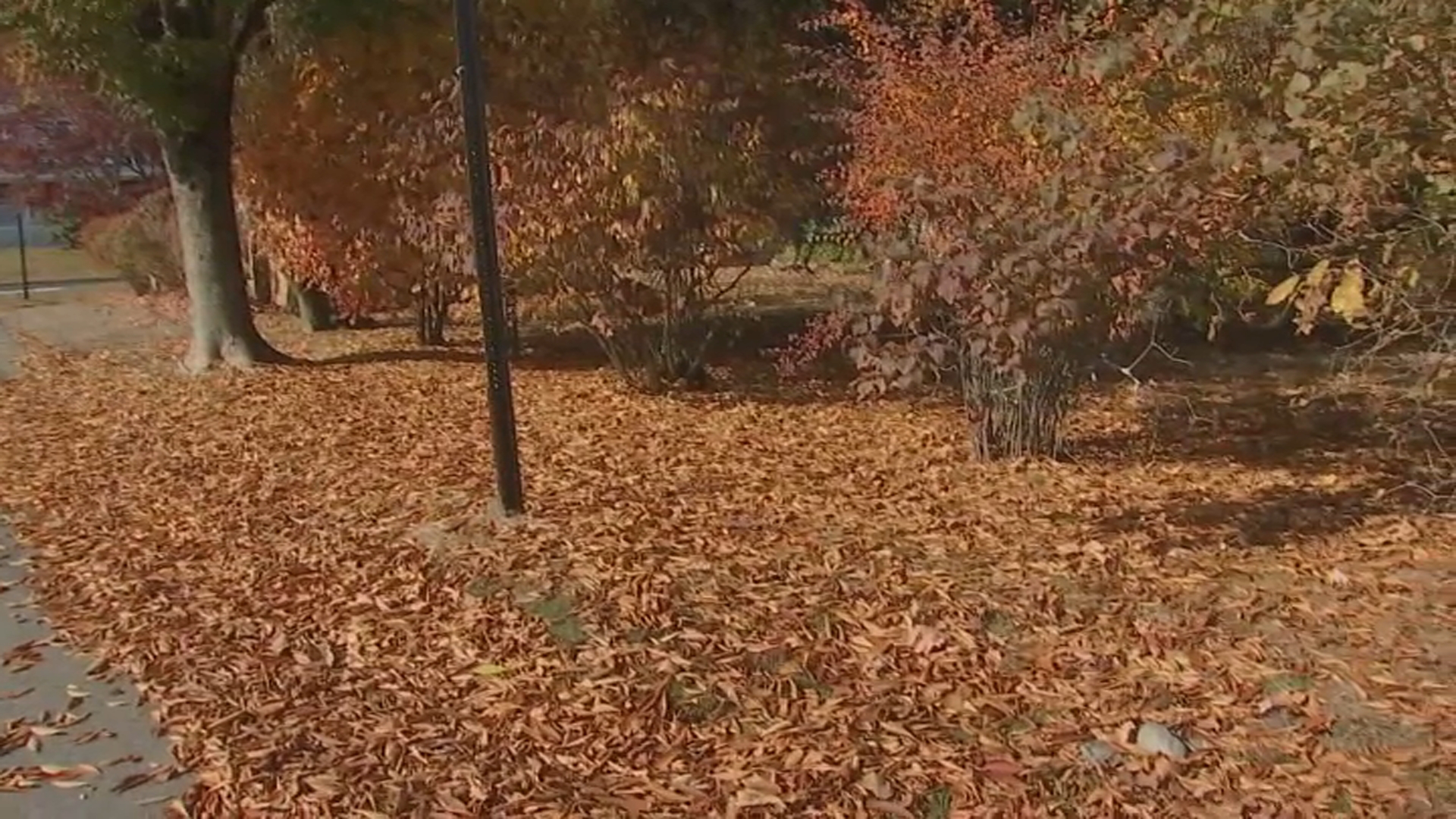
After years of fits and starts, energy generated by offshore wind was delivered onto the grid that powers Massachusetts late Tuesday night.
One turbine of the Vineyard Wind 1 project delivered approximately five megawatts of power at 11:52 p.m. Tuesday, project co-owners Avangrid and Copenhagen Infrastructure Partners announced Wednesday morning.
WATCH ANYTIME FOR FREE
Stream NBC10 Boston news for free, 24/7, wherever you are. |
Eventually, the wind farm about 15 miles south of Martha's Vineyard is expected to have 62 turbines capable of generating just more than 800 MW of power.
Project developers said the first megawatts transmitted to the grid came "as part of the initial commissioning process" and said there is "additional testing expected to happen both on and offshore in the coming weeks."
Get updates on what's happening in Boston to your inbox. Sign up for our News Headlines newsletter.
Vineyard Wind 1 is expected to have five of its 62 turbines operating at full capacity "early in 2024." Each turbine is capable of generating about 13 MW of power.
On Tuesday, after missing its self-imposed target of delivering first power by the end of 2023, a project spokesman clarified the timeline a top official gave last year for full commercial operations. The full 806 MW wind farm is now expected to be fully operational "in 2024" opposed to the more specific "mid-2024" target shared in August.
Gov. Maura Healey called Wednesday's announcement "a historic moment for the American offshore wind industry."
Local
In-depth news coverage of the Greater Boston Area.
"Soon, Vineyard Wind will be producing power equivalent of over 400,000 Massachusetts households," she said. "As we look ahead, Massachusetts is on a path toward energy independence thanks to our nation-leading work to stand up the offshore wind industry."
Massachusetts now is the second state in the country, following New York, to get electricity from a major offshore wind development.
Once it is fully operational, Vineyard Wind 1 is projected to generate cleaner electricity for more than 400,000 homes and businesses in Massachusetts, produce at least 3,600 jobs, reduce costs for Massachusetts ratepayers by an estimated $1.4 billion over 20 years, and eliminate 1.68 million metric tons of carbon dioxide emissions annually.
That Vineyard Wind 1 would be constructed at all has not always been a sure thing and the project has had to navigate choppy waters to get to this point.
Project developers originally planned to financially close on the project and begin on-shore construction work in 2019, put the first turbine into the seabed in 2021 and begin generating electricity in 2022.
But under the Trump administration, the U.S. Bureau of Ocean Energy Management in the summer of 2019 decided to undertake a broad study of the potential impacts of offshore wind projects planned up and down the East Coast, holding up a key permit approval for Vineyard Wind 1.
After meetings between the U.S. Department of the Interior, Gov. Charlie Baker and members of the Congressional delegation proved fruitless, Vineyard Wind announced on Dec. 1 of that year that it was pulling its project out of the federal review pipeline. The Trump administration declared the federal review of the project "terminated."
But Vineyard Wind's decision to yank its plan from review also meant the project's ultimate fate would not be decided under Trump, who frequently expressed concerns about wind power and held the project back while his administration looked into impacts that the burgeoning industry could have on commercial fishing.
Less than a month into Joe Biden's presidency, in February 2021, the Bureau of Ocean Energy Management announced that it was resuming the federal review of the Vineyard Wind 1 project from the point at which the developer withdrew it. By May of 2021, the Biden administration had approved the project's construction and operations plan and cleared the way for construction to begin.
And the Bay State had a previous foray into offshore wind. The 130-turbine wind farm known as Cape Wind, which won federal approval in 2010 and was expected for a time to be the first offshore wind development in the country, was called off in 2017 after years of wrangling and opposition to its location at Horseshoe Shoal within Nantucket Sound. The federal government and energy developers after that began to focus on bigger projects in waters further offshore.



